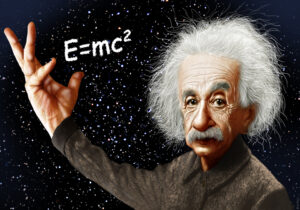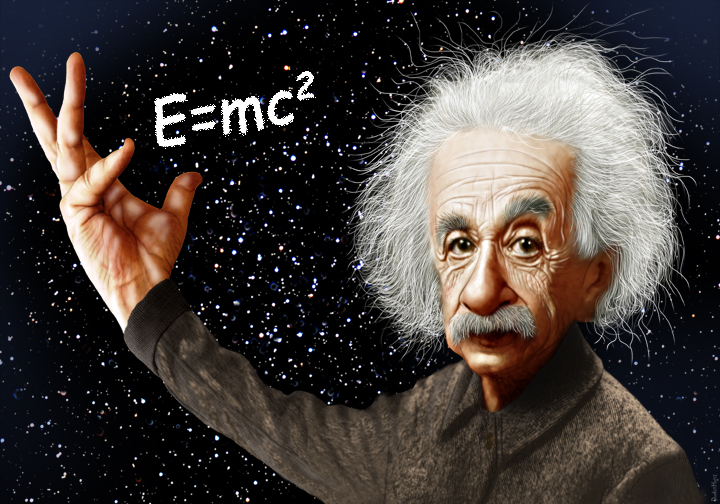Albert Einstein, the scientist who revolutionized the world with his theories and innovations, was jettisoned into fame because of the 1919 solar eclipse. His theory on general relativity hinged on the circumstances of a total solar eclipse, one which he would not even be able to observe.
In 1905 before Einstein’s fame was cemented in history, he produced four groundbreaking papers that revolutionized the scientific community’s understanding of space, time, mass, and energy. However, these would all pale in comparison to his theory of general relativity which would assist in testing his prediction of the mass-energy equivalence (E=MC2).
In 1911 Einstein first presented his theory of general relativity stating, based on his mathematical calculations, that as light travels through space and time, a body with a sufficient gravitational force could distort the light waves. In this manner, an illusion could be created, making an object in the sky (like a star, or as Einstein was arguing, our sun) in a seemingly different position.
The only condition suitable for testing his theory would take place in the natural world during a total solar eclipse. In 1919 those perfect conditions presented themselves, but not perfectly across the globe.

Picture from DonkeyHotey, Flickr.
On the eve of the 1919 eclipse, Germany was in ruin following the end of WWI and Einstein was unable to travel to test his soon-to-be revolutionary theory. The eclipse of 1919 took place on May 29th, lasting 9 minutes and 50 seconds, being visible throughout most of South America and across Africa as a partial eclipse.
In place of Einstein, a pair of astronomers—Sir Frank Watson Dyson and Sir Arthur Eddington—set out to test his theory for him. The pair diversified their observations: Eddington traveled to Príncipe, an island off the west coast of Africa, and Dyson ventured to Sobral, Brazil. Their strategy proved to be effective as the Príncipe team faced encroaching thunderstorms, ruining the observation on the island.
However, Dyson and his team in Brazil reported their success, saying the solar eclipse had indeed changed the location of the stars within the Taurus constellation. Einstein’s math was accurate, and his theory was validated.
In the following years, Einstein’s theory was tested again against other eclipses (1922 in Australia and 1924 in Mexico). These tests further verified the theory of general relativity, solidifying Einstein as a household name within the scientific community and the broader public.
Few realize that Einstein’s fame was hinged on and elevated by the observation of a total solar eclipse and the distortion of the constellation of Taurus. Solar eclipses, through the history of their observation, has aided in the advancement of science and our understanding of the natural world. The event that took place over Brazil, in 1919, might have been the most influential solar eclipse for the sole reason that it gave way to the most famous scientist in human history.
An eclipse, especially a total solar eclipse, is a special event that can awaken the scientists and discoverer in all of us. Get ready for the April 8, 2024 eclipse now by purchasing ISO certified, made in the USA solar eclipse glasses for you and your family.


